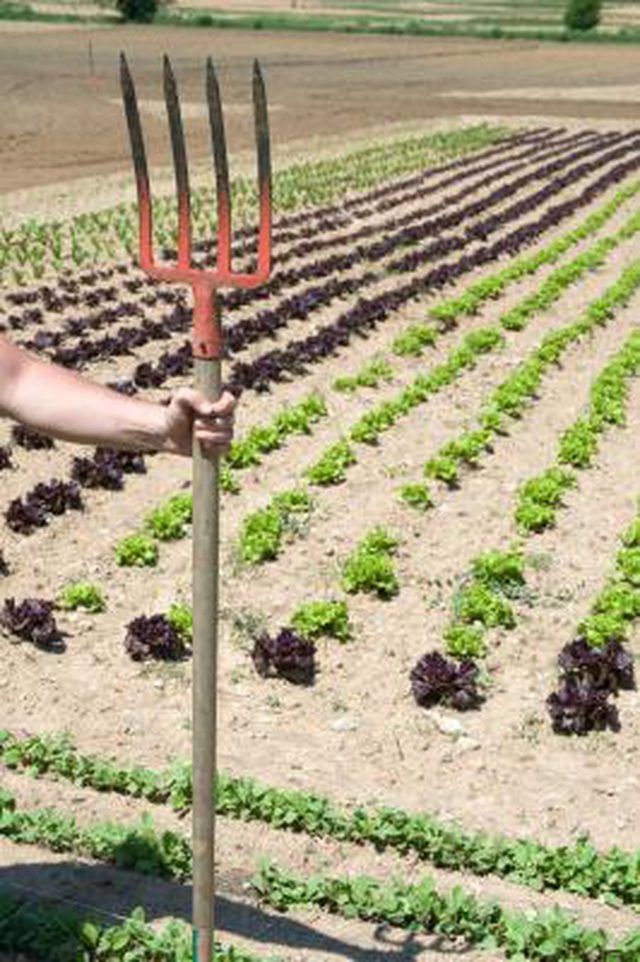Bulbs
Flower Basics
Flower Beds & Specialty Gardens
Flower Garden
Garden Furniture
Garden Gnomes
Garden Seeds
Garden Sheds
Garden Statues
Garden Tools & Supplies
Gardening Basics
Green & Organic
Groundcovers & Vines
Growing Annuals
Growing Basil
Growing Beans
Growing Berries
Growing Blueberries
Growing Cactus
Growing Corn
Growing Cotton
Growing Edibles
Growing Flowers
Growing Garlic
Growing Grapes
Growing Grass
Growing Herbs
Growing Jasmine
Growing Mint
Growing Mushrooms
Orchids
Growing Peanuts
Growing Perennials
Growing Plants
Growing Rosemary
Growing Roses
Growing Strawberries
Growing Sunflowers
Growing Thyme
Growing Tomatoes
Growing Tulips
Growing Vegetables
Herb Basics
Herb Garden
Indoor Growing
Landscaping Basics
Landscaping Patios
Landscaping Plants
Landscaping Shrubs
Landscaping Trees
Landscaping Walks & Pathways
Lawn Basics
Lawn Maintenance
Lawn Mowers
Lawn Ornaments
Lawn Planting
Lawn Tools
Outdoor Growing
Overall Landscape Planning
Pests, Weeds & Problems
Plant Basics
Rock Garden
Rose Garden
Shrubs
Soil
Specialty Gardens
Trees
Vegetable Garden
Yard Maintenance
How to Use Floating Row Covers
How to Use Floating Row Covers. If you have ever had an issue in your garden with bugs or animals eating your developing produce, a floating row cover may be the solution. A floating row cover is a lightweight material placed directly over the plants. The material is translucent, allowing sun and water through but not insects or nibbling animals....

If you have ever had an issue in your garden with bugs or animals eating your developing produce, a floating row cover may be the solution. A floating row cover is a lightweight material placed directly over the plants. The material is translucent, allowing sun and water through but not insects or nibbling animals. The fabric can be reused for several years.
Things You'll Need
Garden hose
Lumber
Fabric anchors
Measure the area that you want to cover to determine how much row cover you will need. The cover, available from home and garden centers and online, typically sells in rolls 6 to 50 feet wide and lengths of 25 to almost 800 feet. Some vendors also offer different thicknesses of fabric, with the thicker fabrics designed to resist hard freezes. For the small home gardener, a width of 6 or 8 feet will probably be sufficient. If your goal is to ward off bugs, a lightweight fabric will do.
Drape the fabric loosely over your plants.
Anchor the fabric with rocks, soil, a garden hose, lumber or landscape fabric anchors. You can fashion your own anchors from scrap wire cut into 10-inch lengths and bent in half. Press the anchors through the fabric and into the ground. If you have a serious bug infestation, bury the fabric a couple of inches under the soil.
Remove the fabric periodically during blossom-time to allow insects to pollinate the plants. Weed growth will be low since weed seeds have also been blocked.
Tips & Warnings
A floating cover is also useful when there is danger of frost.
Place the row cover over hoops if you are growing summer squash, tomato or pepper plants under the cover; the row cover can damage these plant's tender growing points or break some of their leaves.